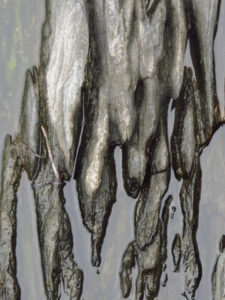
When my daughters were 12, we signed up for afellow mother’s course, called Choices and Changes. The six-week course came with a workbook for both mothers and daughters, and we met weekly at the home of a different mother/daughter pair. There was homework for both mothers and daughters to accomplish in the workbook before each meeting which led to meaningful conversations during our meetings. We all learned together.
The program’s point was to openly discuss the changes the girls were going through as they matured both physically and emotionally and to normalize the new feelings, sensations and experiences of puberty. That was the changes piece. The choices curriculum was about discovering what choices these girls might face, what values they were growing into, and answering some of their burning questions about this often-confusing territory! It was an opportunity for the mothers to speak frankly about their relationship to and lived experience of their own adolescence, their choices (way back when), and what they might have done differently if their decisions didn’t turn out so well.
The experience opened up significant conversations at a critical time of growth for my daughters. I am grateful for the opportunity this program provided to communicate openly about important issues, which led to ongoing dialogue throughout their adolescence and beyond.
Parallels to the Present Moment
So why am I talking about that adolescent program, at this particular time in our country’s history?
We have witnessed an astounding and vast number of changes with a new president at the helm of our government. I’m hearing about the effects of these changes, experienced as disruptions, from virtually all corners of my life: family, close friends, students, coaching colleagues, and, of course, clients. Concurrently, I’ve been wondering what choices might be available to each of us to respond (rather than react) to these current circumstances. How might this moment be related (or not) to an earlier time in all our lives (adolescence)? As a reminder, if you are reading this, you actually did make it through that tumultuous time in your life to become an adult!
Of course, the program I attended all those years ago with my daughters was based on the internal changes (physical, emotional, cognitive) they were experiencing. This organic and natural human maturation process that slowly but surely moves each of us toward adulthood. This program offered additional support around how the girls might navigate their external choices during that often-challenging process of growth at that juncture of their lives.
In our current timeframe, the outside changes are coming first, and we must navigate how we will respond to that. How do we make sense of what is happening externally, and how do we resource ourselves internally to face what often feels like chaos and uncertainty?
Facing Change with Clarity
One approach that’s helped me and my clients is to acknowledge the actual reality that’s occurring, as clearly and directly and neutrally as we are able, without telling ourselves stories about what for sure will happen in the future, becoming immobilized with fear, or feelings of powerlessness.
Even if we are feeling blindsided and overwhelmed, we can notice a bigger view of trends and repeating patterns, scanning for themes in what’s coming at us. What is being revealed? What seems to be the underlying truth, beneath the noise, smoke and chatter? Instead of getting caught in trying to absorb all the details, we can look at the second layer down.

Cultivating Choice
To begin to grasp our choices, we can create a distinction between the changes outside of us and what’s happening inside us. We can name, honor and bring compassion to what is occurring inside of us. We can notice any reactivity, urges to act out in anger or frustration, or desire to collapse into cynicism or resignation. We can become present to how the outside is affecting the inside. I am consistently surprised at how much this helps me get my bearings in the external context, as well as leads to feelings of control and empowerment. I do have a choice here! Instead of feeling at the mercy of the onslaught, I can resource myself, settle more into my breath and body, and sense into my heart’s emotions.
Again, we can name and norm everything we feel, noticing our nervous system’s activation into fight, flight, or checking out. The awareness of simply observing. What’s our thinking like right now? Is it speeded up? Is our attention all over the map? Are we stuck in a loop of repetitive thoughts of doom? Bringing presence to this moment has an incredibly calming effect and allows us to observe without getting pulled in, while building our individual capacity to tolerate the uncertainty of the future.
We can cultivate the fundamental choice we have as humans to pay attention to what we choose, not to what someone else chooses for us. This is a core of resilience and of the Presence-Based work. We can practice noticing, naming and resourcing ourselves, moment to moment, and being kind to ourselves. Of course we are feeling pulled in! Of course we are feeling triggered!
Taking Skillful Action
Once we are more settled back into our own seats, with our nervous system moving toward a more neutral stance, we see that we have choices around mindset, mood and behavior that open in our awareness. We can begin to discern what action to take. This becomes a real choice as opposed to simply following a reactive urge to get out of what feels like suffering. What is the clearest, most impactful and most skillful action we can take to have our voice heard, to make our feelings known, and to experience the support of taking action in a community?
And what action is needed around self-care? You can begin to show up for yourself in a way that is kind, caring, and compassionate. You can choose to engage in regular body-mind practices (exercise, being outside in nature, meditation, and doing creative work like journaling or other arts). You can intentionally place yourself in connection with others who are resourced internally, which supports your system to regulate itself. Fueling ourselves allows us to care for others from a place of ease, not strain.
A Moment to Reflect
This moment in time is an opportunity to reflect on our past – our own life’s changes and choices that we have already navigated with success. We’ve made it this far, and have grown tremendously, even if we traveled through some rocky roads. What life lessons have we learned so far? Who or what can we call on right now for support or guidance? We are older and wiser, not to mention more present and discerning. We each have a unique perspective to bring to bear on the many changes we are facing at this historic moment, and we each have choices about how to enact what we deeply care about. Let’s orient ourselves toward what truly matters and take action from that place of alignment.
Choices and changes. Changes and choices. The journey of growth continues.









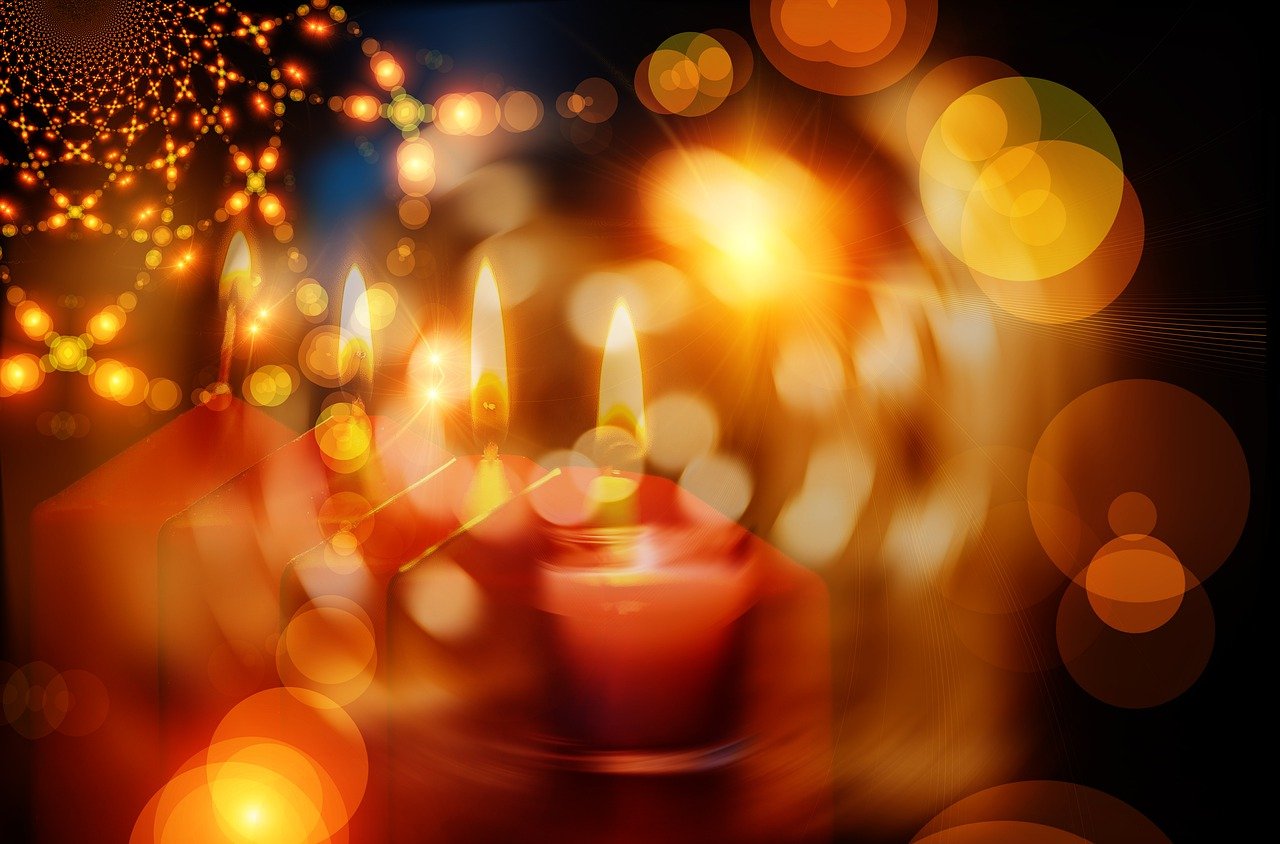

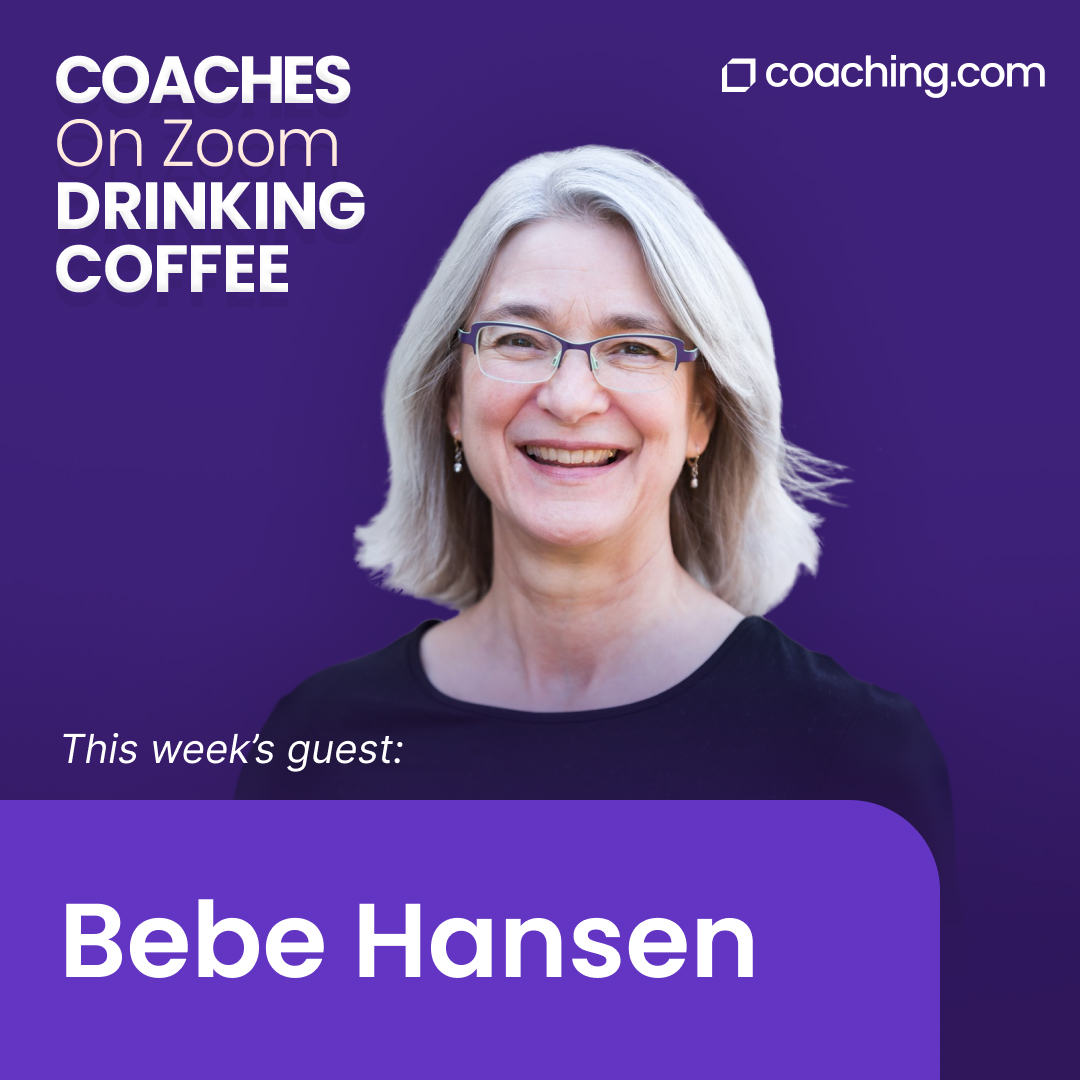
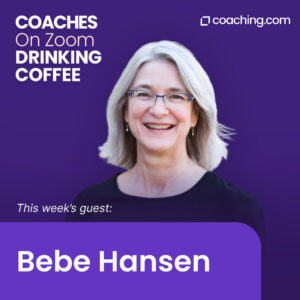

 Let the energy flow!
Let the energy flow! I began to notice some mysterious urges in my body around the beginning of January. Urges to move towards cleaning out (!), which I noticed was coming from an aspiration in December 2022 to start the new year with a clean and tidy office space. I mindfully inquired into the deeper meaning of these urges to find the symbology of what was standing in my way as I internally balked at moving forward.
I began to notice some mysterious urges in my body around the beginning of January. Urges to move towards cleaning out (!), which I noticed was coming from an aspiration in December 2022 to start the new year with a clean and tidy office space. I mindfully inquired into the deeper meaning of these urges to find the symbology of what was standing in my way as I internally balked at moving forward. Out with the Old, Space for the New
Out with the Old, Space for the New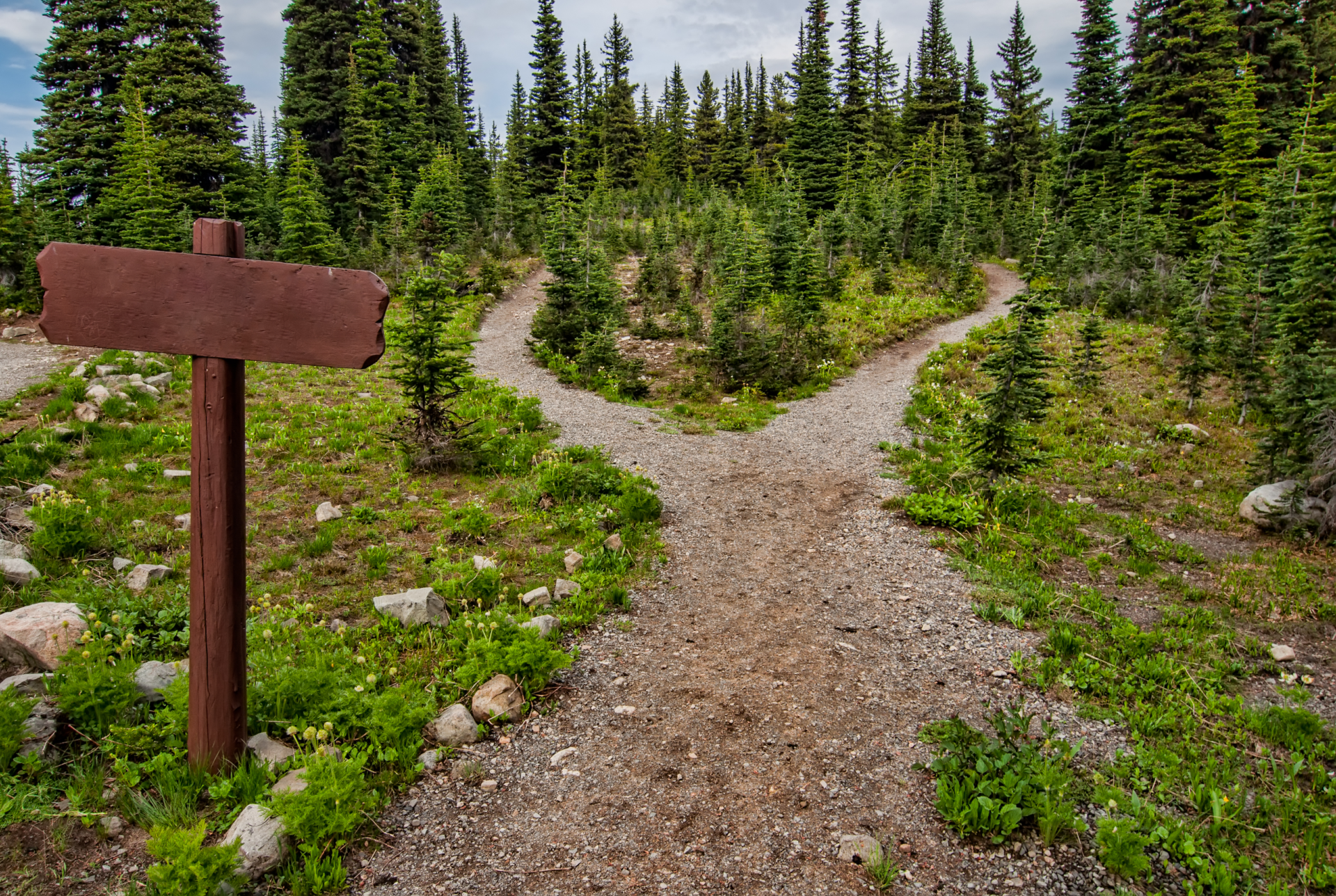
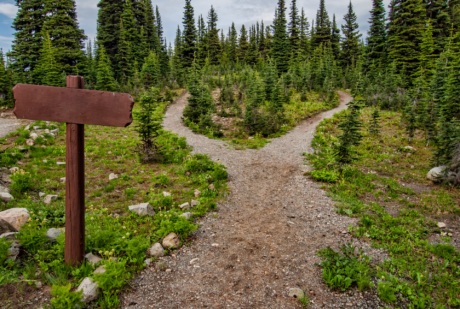 We have long talked about the different tracks that make up our Presence-Based Coaching and Leadership training. I’m speaking here of two concurrent paths of development that take place in parallel. One journey is about the “Doing” as a coach or leader. This refers to the process of learning the specific skills, mindsets, and competencies in order to deliver a coaching or leadership conversation to a client or team that is competent and effective. The second journey is about the “Being” of a coach or leader. This involves practicing the cultivation of your own presence as a practitioner, as well as supporting your clients or team to become more present as well.
We have long talked about the different tracks that make up our Presence-Based Coaching and Leadership training. I’m speaking here of two concurrent paths of development that take place in parallel. One journey is about the “Doing” as a coach or leader. This refers to the process of learning the specific skills, mindsets, and competencies in order to deliver a coaching or leadership conversation to a client or team that is competent and effective. The second journey is about the “Being” of a coach or leader. This involves practicing the cultivation of your own presence as a practitioner, as well as supporting your clients or team to become more present as well.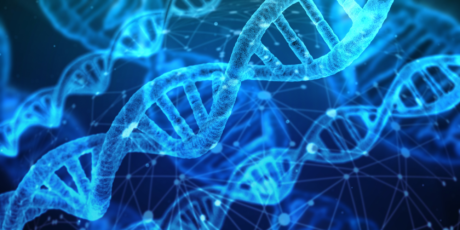 We have discovered over the years that both of these journeys of Doing and Being are inextricably linked and mutually reinforcing. They occur simultaneously, even though one aspect might be focused on at any one time. Picture the double-helix strand of DNA
We have discovered over the years that both of these journeys of Doing and Being are inextricably linked and mutually reinforcing. They occur simultaneously, even though one aspect might be focused on at any one time. Picture the double-helix strand of DNA For example, in the journey of Doing, we (and our clients and teams) may begin to realize that we have some default strategies, patterns and behaviors in life, and in work. These are what we call habits, and they have served us well so far…until they don’t! These automatic ways of interpreting our world are often what is driving our coaching or leadership moves underneath the water line. We may notice that these habits are not always the most effective response to the situation at hand. We may sometimes find ourselves in reaction, feeling triggered by something that’s occurring outside of us. These reactions can push us to take less than skillful actions, that we may even regret later. Think sending that email in anger to a colleague without cooling off a bit first.
For example, in the journey of Doing, we (and our clients and teams) may begin to realize that we have some default strategies, patterns and behaviors in life, and in work. These are what we call habits, and they have served us well so far…until they don’t! These automatic ways of interpreting our world are often what is driving our coaching or leadership moves underneath the water line. We may notice that these habits are not always the most effective response to the situation at hand. We may sometimes find ourselves in reaction, feeling triggered by something that’s occurring outside of us. These reactions can push us to take less than skillful actions, that we may even regret later. Think sending that email in anger to a colleague without cooling off a bit first. Over time, there are many milestones and certifications along the way that indicate a certain level of mastery has been achieved in both journeys. These milestones are often awarded to us as coaches, based on a demonstration of our abilities that meet the client’s needs around their stated coaching outcomes. And as leaders, we are rewarded for leading functional teams that produce important organizational results.
Over time, there are many milestones and certifications along the way that indicate a certain level of mastery has been achieved in both journeys. These milestones are often awarded to us as coaches, based on a demonstration of our abilities that meet the client’s needs around their stated coaching outcomes. And as leaders, we are rewarded for leading functional teams that produce important organizational results.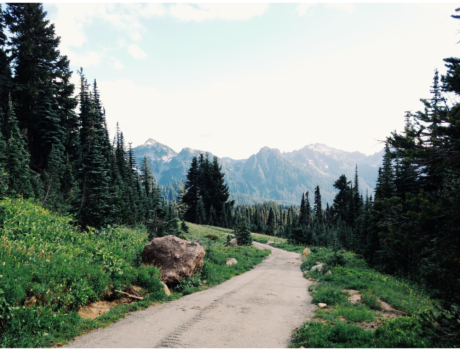 I consider both journeys to be lifelong. There is really not a final destination to developing your skills and your presence. I’m using the “and” here intentionally. Both tracks are significant, and often most powerful when coupled together. Especially in these times, let’s continue to grow both our Doing and our Being. We can offer our presence and share the gifts that we’ve been given. And from that place, as Doug used to say, we can “do the work that’s ours to do.”
I consider both journeys to be lifelong. There is really not a final destination to developing your skills and your presence. I’m using the “and” here intentionally. Both tracks are significant, and often most powerful when coupled together. Especially in these times, let’s continue to grow both our Doing and our Being. We can offer our presence and share the gifts that we’ve been given. And from that place, as Doug used to say, we can “do the work that’s ours to do.”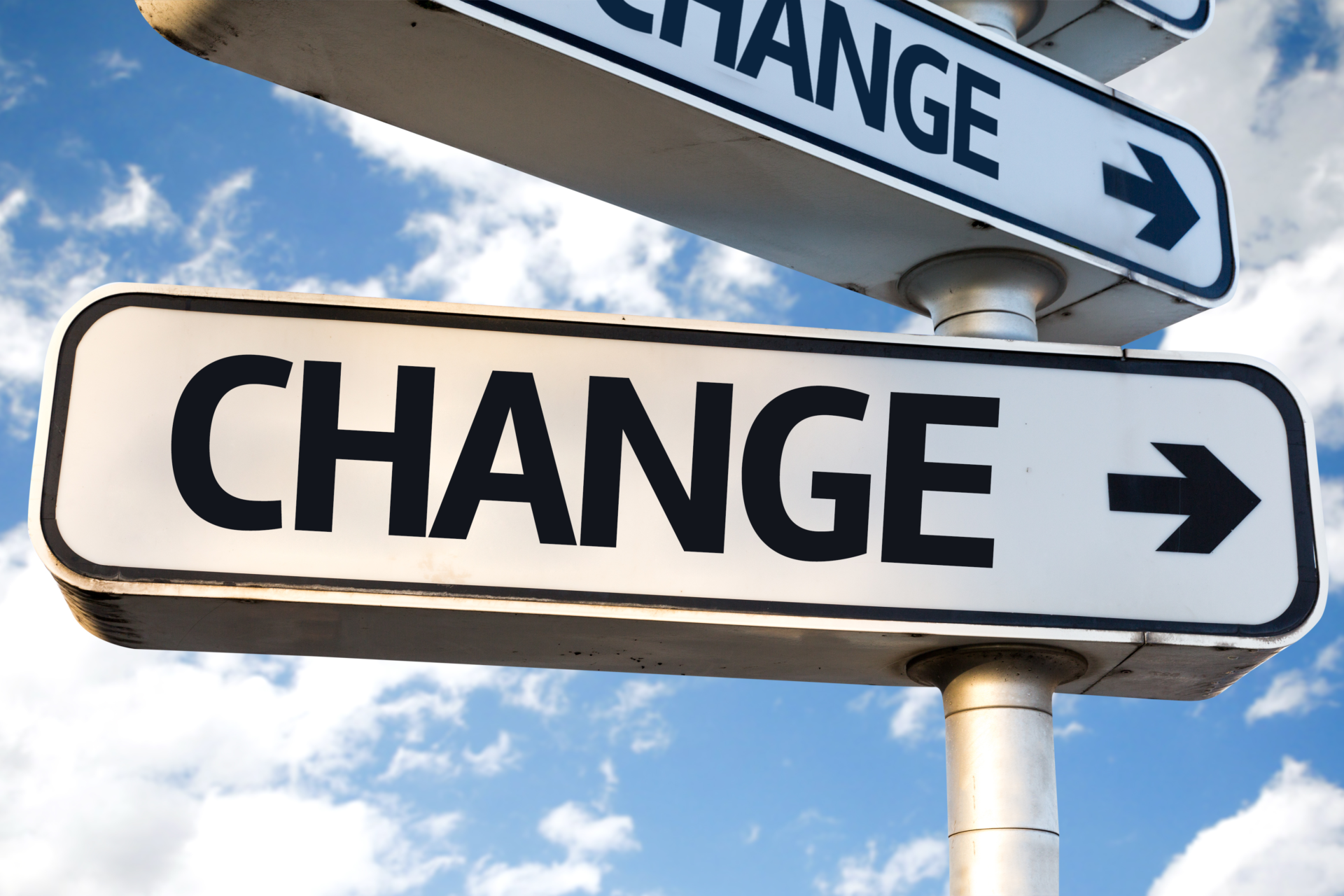
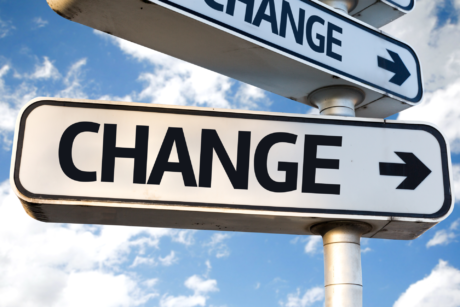
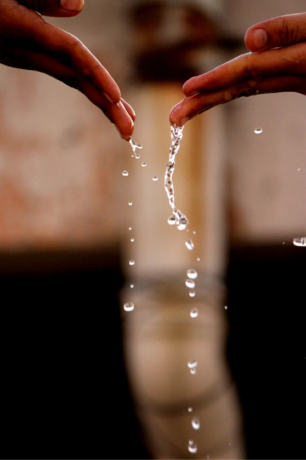 From a coaching lens, here are some additional facets that may influence the change process that we can consider when clients come into coaching:
From a coaching lens, here are some additional facets that may influence the change process that we can consider when clients come into coaching: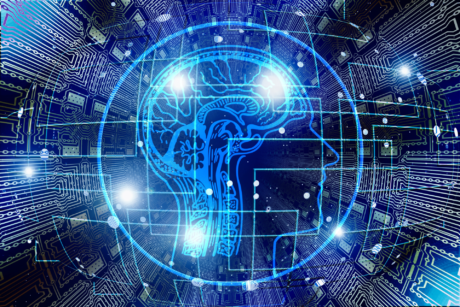 What I’ve noticed for myself and my clients is this: it takes many, many incremental movements over time to create real change. I’m not referring to window-dressing change, or as my father used to say, “rearranging the deck chairs on the Titanic.” I’m talking about physiologically supported, embodied and sustainable change. Most interesting for me is the Body, and what role “below the neck” plays in what I’m calling the real or developmental change that is evidenced by outer behavioral change. I’m including the Heart here as well, since it is located in the lower two-thirds of our human anatomy and is distinct from our strictly cognitive functioning (the Mind).
What I’ve noticed for myself and my clients is this: it takes many, many incremental movements over time to create real change. I’m not referring to window-dressing change, or as my father used to say, “rearranging the deck chairs on the Titanic.” I’m talking about physiologically supported, embodied and sustainable change. Most interesting for me is the Body, and what role “below the neck” plays in what I’m calling the real or developmental change that is evidenced by outer behavioral change. I’m including the Heart here as well, since it is located in the lower two-thirds of our human anatomy and is distinct from our strictly cognitive functioning (the Mind). Paying attention to this slower pace in the Body and Heart can yield interesting outcomes. A useful metaphor is how we metabolize new information inside of us like we do food. Over time, we process what we have ingested, take needed nutrients from that experience, and discard what’s not (or no longer) needed. Like our own internal food digestion process, this happens over time. We can get indigestion from stuffing too much in the system at one time, or by simply not eating the foods our body needs.
Paying attention to this slower pace in the Body and Heart can yield interesting outcomes. A useful metaphor is how we metabolize new information inside of us like we do food. Over time, we process what we have ingested, take needed nutrients from that experience, and discard what’s not (or no longer) needed. Like our own internal food digestion process, this happens over time. We can get indigestion from stuffing too much in the system at one time, or by simply not eating the foods our body needs.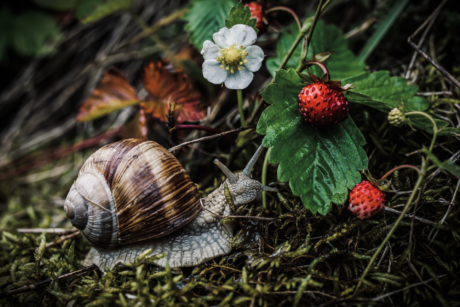 So, change takes the time it takes, and there may be different paces of change within ourselves within our three centers (Mind, Heart and Body) to pay attention to for ourselves and as we work with our clients. Circling back to the question from our student at the beginning, what do we tell our clients about how long change takes? You might be wanting a concrete answer here, and instead of that, I hope I’ve illuminated that this process of human change and development is complex and somewhat of a mystery! I’ll leave you with these questions to ponder:
So, change takes the time it takes, and there may be different paces of change within ourselves within our three centers (Mind, Heart and Body) to pay attention to for ourselves and as we work with our clients. Circling back to the question from our student at the beginning, what do we tell our clients about how long change takes? You might be wanting a concrete answer here, and instead of that, I hope I’ve illuminated that this process of human change and development is complex and somewhat of a mystery! I’ll leave you with these questions to ponder:
 At this time of year, I have a practice of taking time to reflect on what’s occurred over this last year in my life, work, family, relationships and the world at large. As I sense in to 2020, I notice am glad that this particularly long and arduous year is finally coming to end. It’s been a doozy!
At this time of year, I have a practice of taking time to reflect on what’s occurred over this last year in my life, work, family, relationships and the world at large. As I sense in to 2020, I notice am glad that this particularly long and arduous year is finally coming to end. It’s been a doozy!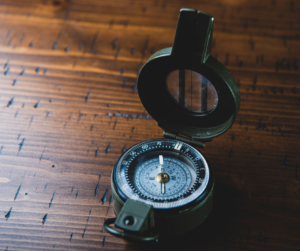 One of the most prominent experiences for many of us, and this may be the least talked about, is grief. Many of my clients, colleagues and family members are dealing with some sort of grief. It could be around the potential loss of health, or actual loss of loved ones to COVID. The blurring of home and work boundaries due to working from home and online, and the demands that 24/7 technology places on our attention. The stress of caring for young children or at-risk relatives at home, while being expected to work as if nothing has changed. Grief about the polarization in this country, grief as the truth of long-standing racial injustice has been revealed. Grief and fear about economic uncertainty, job or wage loss. Grief over the loss of some sort of normalcy and certainty — not knowing what the future will look like.
One of the most prominent experiences for many of us, and this may be the least talked about, is grief. Many of my clients, colleagues and family members are dealing with some sort of grief. It could be around the potential loss of health, or actual loss of loved ones to COVID. The blurring of home and work boundaries due to working from home and online, and the demands that 24/7 technology places on our attention. The stress of caring for young children or at-risk relatives at home, while being expected to work as if nothing has changed. Grief about the polarization in this country, grief as the truth of long-standing racial injustice has been revealed. Grief and fear about economic uncertainty, job or wage loss. Grief over the loss of some sort of normalcy and certainty — not knowing what the future will look like.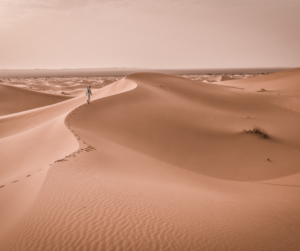 Facing into Grief
Facing into Grief Opening to Receiving
Opening to Receiving I find that noticing what I am grateful for often shifts my inner state, no matter what reactivity or habit I’m caught in. I have a friend who writes in a gratitude journal every night. Another friend keeps a gratitude jar on her kitchen counter and adds slips of paper with written gratitudes throughout the year. She reviews them whenever she needs something to remind her of another, more resilient perspective.
I find that noticing what I am grateful for often shifts my inner state, no matter what reactivity or habit I’m caught in. I have a friend who writes in a gratitude journal every night. Another friend keeps a gratitude jar on her kitchen counter and adds slips of paper with written gratitudes throughout the year. She reviews them whenever she needs something to remind her of another, more resilient perspective.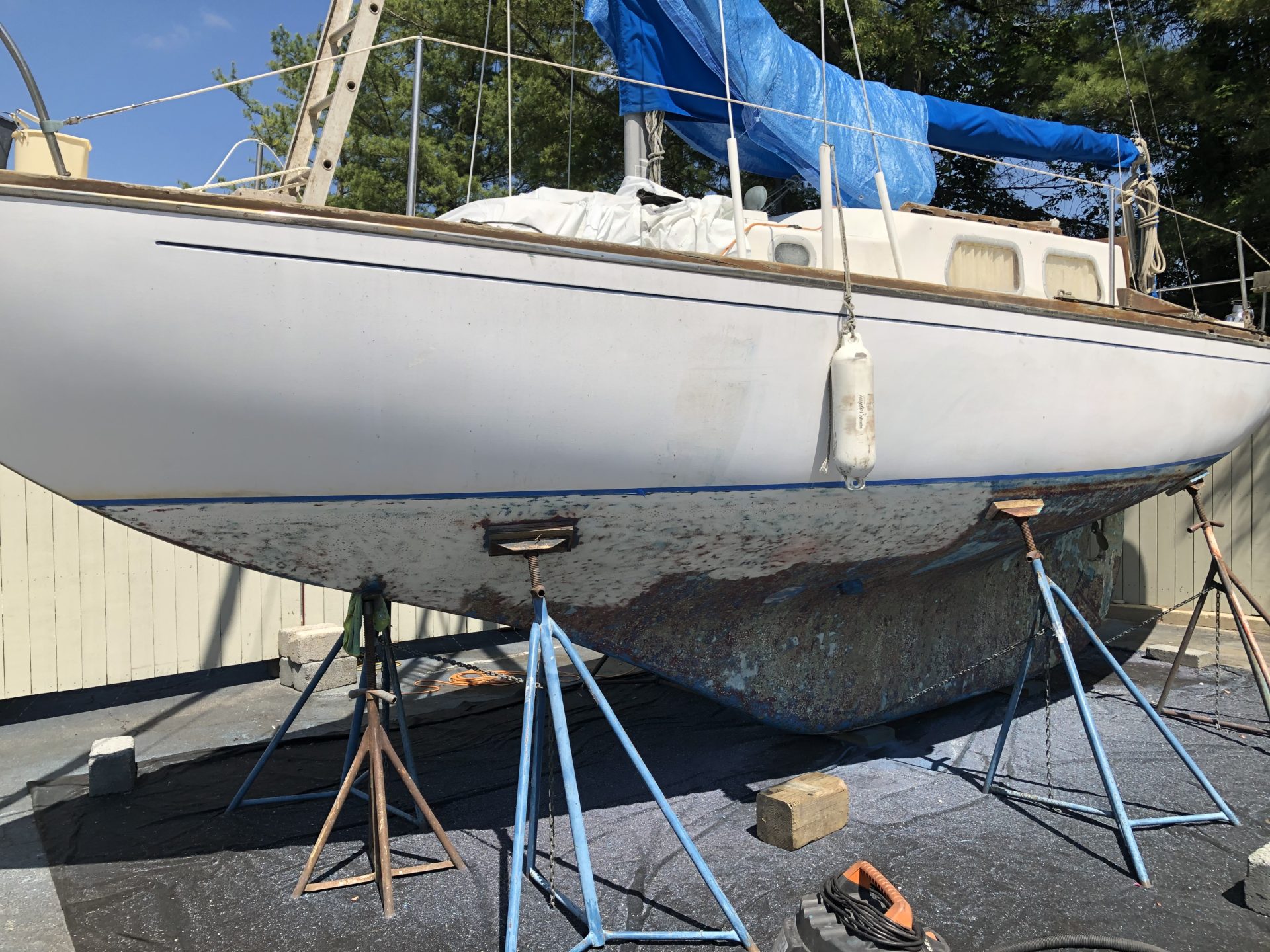
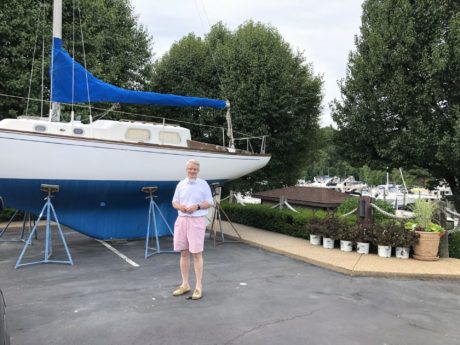 My husband identifies himself as a sailor. He is the proud owner of his father’s 30‘ Alberg sailboat, and he carries that legacy with care and respect for all his father taught him about the beauty and art of sailing. And, Sun Spur is in need of some loving attention right now. She has been in the water a bit too long and recently sprouted a tiny but significant leak in her bowels. This was not a dire emergency (despite my husband’s triggered reactions to the situation), yet she required a trip to a nearby marina sooner rather than later, where she could have access to experienced technicians who could repair her hull and perform some needed maintenance.
My husband identifies himself as a sailor. He is the proud owner of his father’s 30‘ Alberg sailboat, and he carries that legacy with care and respect for all his father taught him about the beauty and art of sailing. And, Sun Spur is in need of some loving attention right now. She has been in the water a bit too long and recently sprouted a tiny but significant leak in her bowels. This was not a dire emergency (despite my husband’s triggered reactions to the situation), yet she required a trip to a nearby marina sooner rather than later, where she could have access to experienced technicians who could repair her hull and perform some needed maintenance.
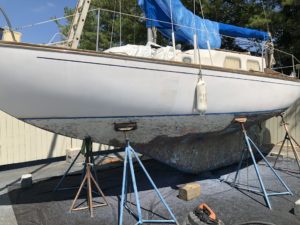 I have learned to operate on fumes pretty well…for a time. And then, I suddenly wake up to discover that I am off course. I realize need to attend to myself, to re-commit to the self-care practices that I know reliably feed me. And, my hull needs painting! What I mean is: my office needs organizing, cleaning, and the disposal of no longer needed papers. What I mean is: I am longing for connection with myself – space to be with my inner world in an unstructured way. See the view from a bigger perspective. I need to put myself “on the hard” for a bit.
I have learned to operate on fumes pretty well…for a time. And then, I suddenly wake up to discover that I am off course. I realize need to attend to myself, to re-commit to the self-care practices that I know reliably feed me. And, my hull needs painting! What I mean is: my office needs organizing, cleaning, and the disposal of no longer needed papers. What I mean is: I am longing for connection with myself – space to be with my inner world in an unstructured way. See the view from a bigger perspective. I need to put myself “on the hard” for a bit.
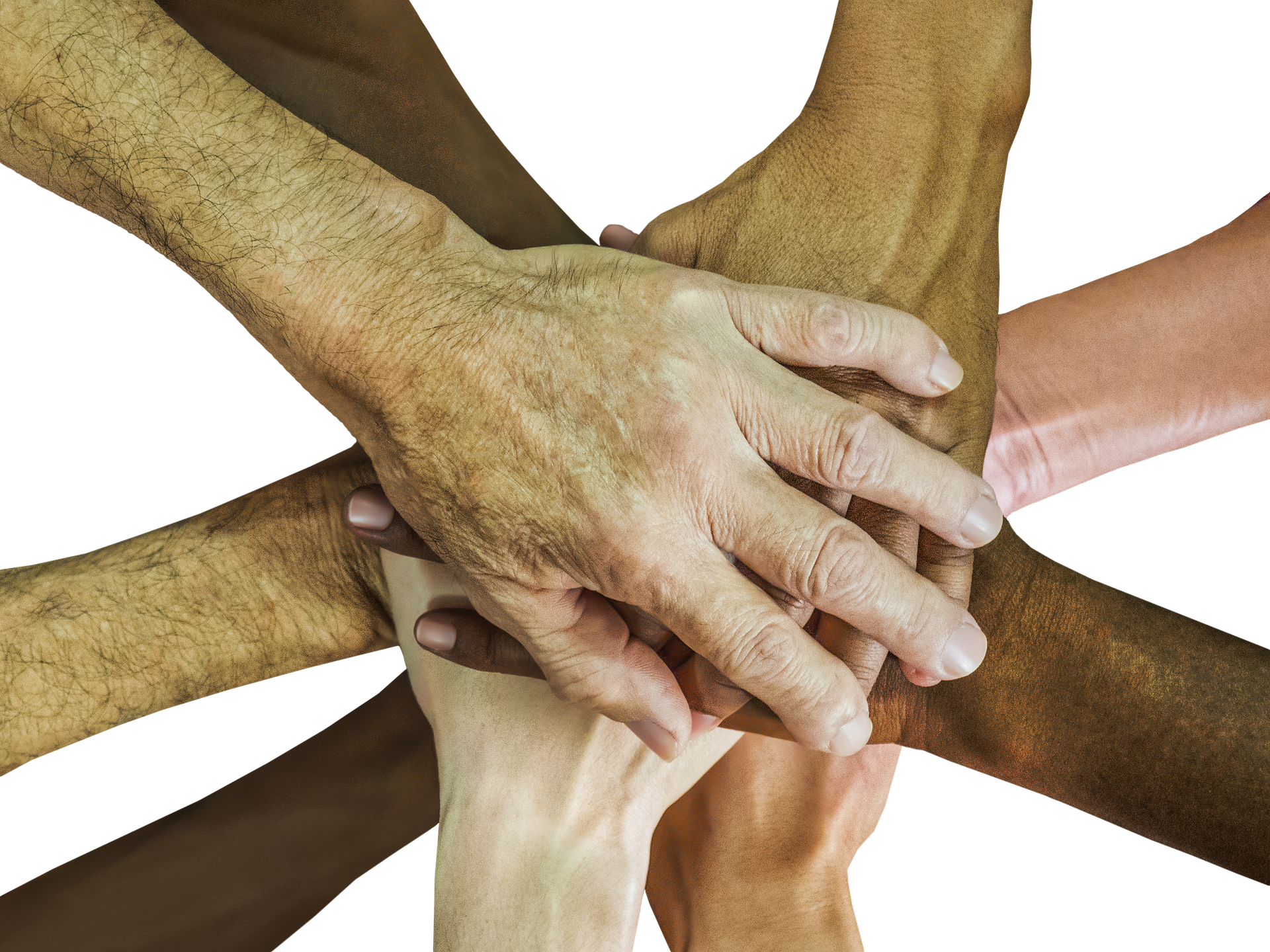
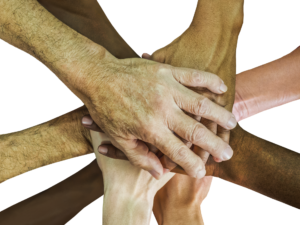 These questions have become prominent in many conversations I’ve had with leaders, students and clients in the last 2 weeks. As a white woman, I can’t begin to know the lived experiences of Black and Brown communities in these moments of horror and inhumanity as the racism in this country is graphically displayed for all to see in the recent murders of George Floyd in Minneapolis, Minnesota, Breonna Taylor in Louisville, Kentucky, and Ahmaud Arbery in Glynn County, Georgia. I feel the pain, the injustice and the outrage at what’s occurring (and has been occurring for centuries in this country).
These questions have become prominent in many conversations I’ve had with leaders, students and clients in the last 2 weeks. As a white woman, I can’t begin to know the lived experiences of Black and Brown communities in these moments of horror and inhumanity as the racism in this country is graphically displayed for all to see in the recent murders of George Floyd in Minneapolis, Minnesota, Breonna Taylor in Louisville, Kentucky, and Ahmaud Arbery in Glynn County, Georgia. I feel the pain, the injustice and the outrage at what’s occurring (and has been occurring for centuries in this country).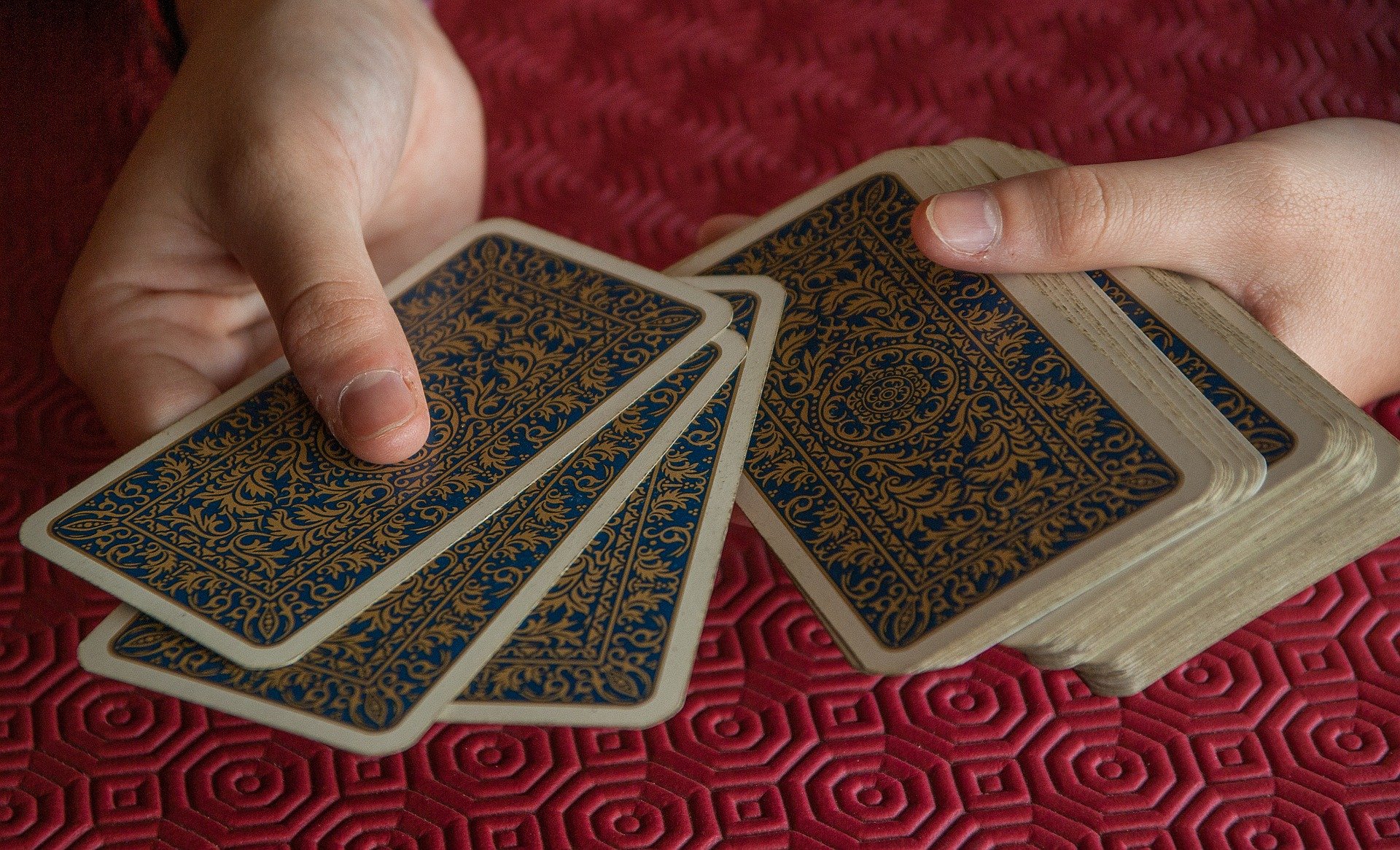
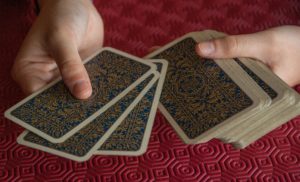 “It’s not about the cards you are dealt, it’s how you play them”
“It’s not about the cards you are dealt, it’s how you play them”
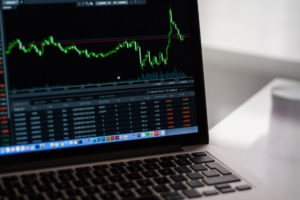 Looking at three levels of our experience
Looking at three levels of our experience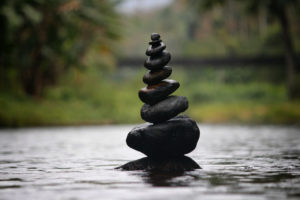
 We can begin to see more of the richness of inter-connectedness in our context and notice the many systems at play. We can dis-identify from a reactive stance when we notice we feel are feeling threatened or positioned. We can widen our view of who we really are and access our gifts. We can remember what we are truly capable of creating in partnership and in community with others. We can settle our activated nervous system through state-shifting practices, such as grounding ourselves into what’s important or in our values. We can be outside in nature, or practice regular meditation or yoga. Being in the moment through cultivating our own Presence, offers us resources to support navigating these challenging times.
We can begin to see more of the richness of inter-connectedness in our context and notice the many systems at play. We can dis-identify from a reactive stance when we notice we feel are feeling threatened or positioned. We can widen our view of who we really are and access our gifts. We can remember what we are truly capable of creating in partnership and in community with others. We can settle our activated nervous system through state-shifting practices, such as grounding ourselves into what’s important or in our values. We can be outside in nature, or practice regular meditation or yoga. Being in the moment through cultivating our own Presence, offers us resources to support navigating these challenging times.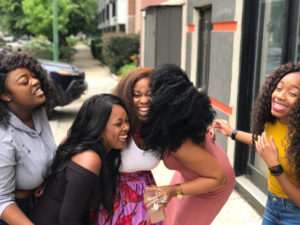
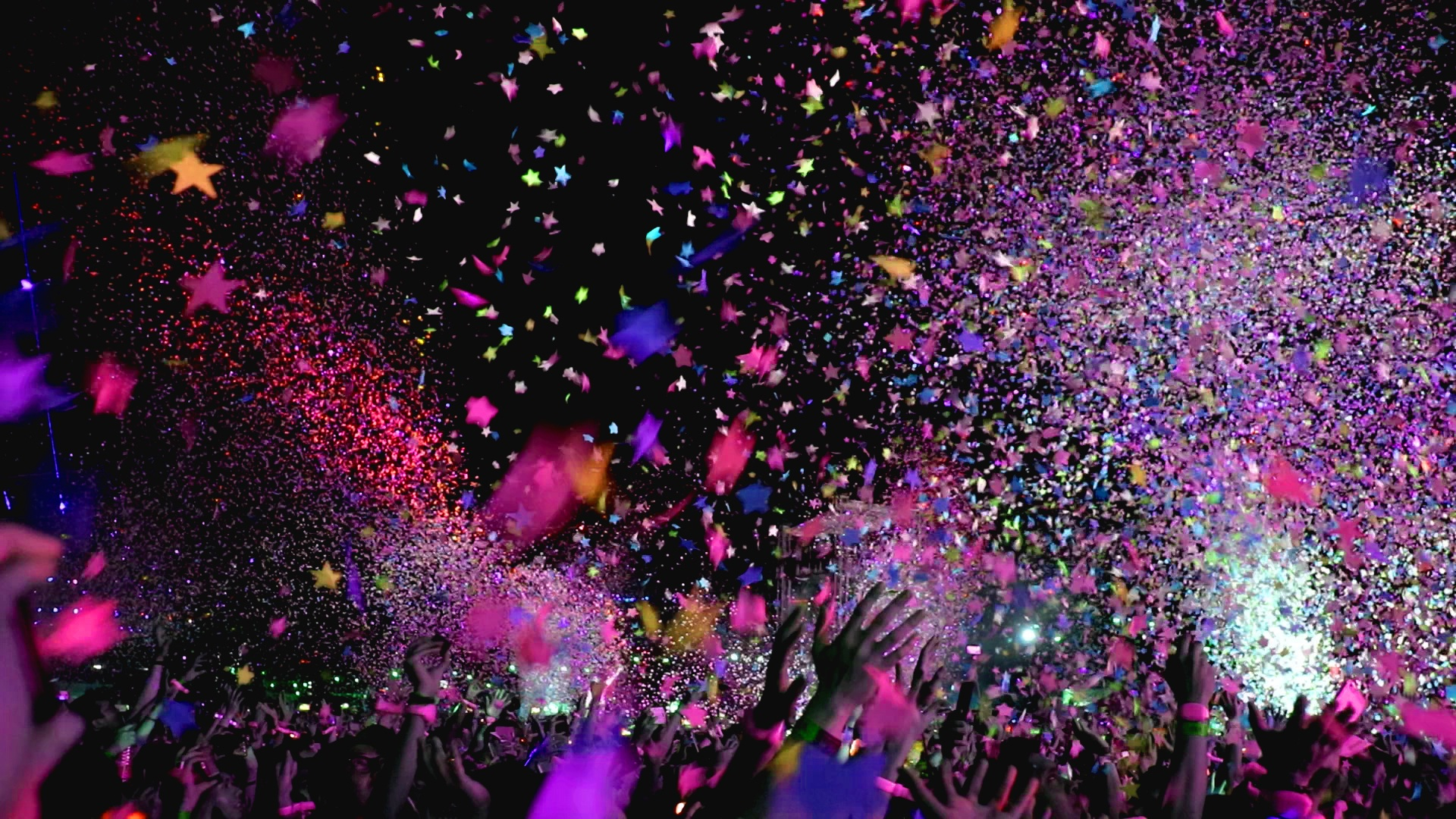
 New Year’s Resolutions, Take 2
New Year’s Resolutions, Take 2 My New Year’s Resolutions Progress? Not So Great
My New Year’s Resolutions Progress? Not So Great Our actions are actually embodied within our body/mind, which includes our emotions and our soma (the body in its wholeness). Incorporating an approach of change that includes our three brains (gut, heart and head) is much more likely to create different results. It’s also about aligning ourselves with ALL parts of us, so that alignment creates leverage, traction and old fashioned “oomph” to get out of the orbit of our habits. To lift off past the strong pull of gravity of our familiar ways of operating in our contexts.
Our actions are actually embodied within our body/mind, which includes our emotions and our soma (the body in its wholeness). Incorporating an approach of change that includes our three brains (gut, heart and head) is much more likely to create different results. It’s also about aligning ourselves with ALL parts of us, so that alignment creates leverage, traction and old fashioned “oomph” to get out of the orbit of our habits. To lift off past the strong pull of gravity of our familiar ways of operating in our contexts. Where does this Presence idea come in? Presence is the internal state of our being. We can cultivate our own presence in each of our three centers of intelligence (gut, heart, head). We are most strongly present to the immediacy of the moment when we place our attention from the whole of us on what’s happening right here and right now. In the present moment. We are able with practice, to see any situation or choice, from a more objective lens, rather than the perspective of doing what we’ve always done that often feels comfortable or safe or familiar.
Where does this Presence idea come in? Presence is the internal state of our being. We can cultivate our own presence in each of our three centers of intelligence (gut, heart, head). We are most strongly present to the immediacy of the moment when we place our attention from the whole of us on what’s happening right here and right now. In the present moment. We are able with practice, to see any situation or choice, from a more objective lens, rather than the perspective of doing what we’ve always done that often feels comfortable or safe or familiar.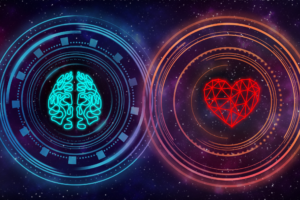 Perceiving ourselves and our situation more objectively and explicitly with Presence can open up much more information into our awareness about what’s really happening. This data can bring with it additional ideas for shifting ourselves and our contexts that were out of our consciousness previously. Having support of another person (i.e. a coach or peer) is also useful, as that person can offer additional perspectives about what’s really going on.
Perceiving ourselves and our situation more objectively and explicitly with Presence can open up much more information into our awareness about what’s really happening. This data can bring with it additional ideas for shifting ourselves and our contexts that were out of our consciousness previously. Having support of another person (i.e. a coach or peer) is also useful, as that person can offer additional perspectives about what’s really going on.
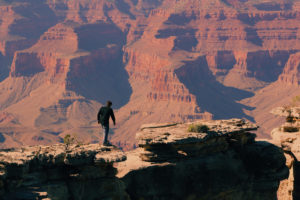 What does 10% mean? I hope I’ve stirred your curiosity!
What does 10% mean? I hope I’ve stirred your curiosity! Change Happens in Incremental Bits
Change Happens in Incremental Bits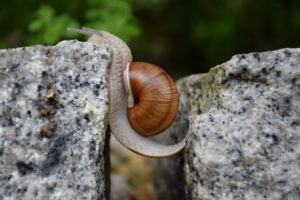 There is Investment in You Staying the Same
There is Investment in You Staying the Same Circumvent the Ego’s Warning System
Circumvent the Ego’s Warning System Another idea that involves the 10% concept is the overall trajectory of change. It’s a sailing analogy (my husband loves to sail). On a sailboat, when you slightly adjust the sails to accommodate changing wind conditions, even at 10%, this change of direction, will lead you to a very different destination over time. And isn’t that what we are all about as coaches, change agents in organizations, and those committed to our own development? A useful frame is to remember that small, 10% changes will bring a big impact over time. We can develop the patience and trust in the process of change itself, while encouraging those we serve to persevere over time.
Another idea that involves the 10% concept is the overall trajectory of change. It’s a sailing analogy (my husband loves to sail). On a sailboat, when you slightly adjust the sails to accommodate changing wind conditions, even at 10%, this change of direction, will lead you to a very different destination over time. And isn’t that what we are all about as coaches, change agents in organizations, and those committed to our own development? A useful frame is to remember that small, 10% changes will bring a big impact over time. We can develop the patience and trust in the process of change itself, while encouraging those we serve to persevere over time.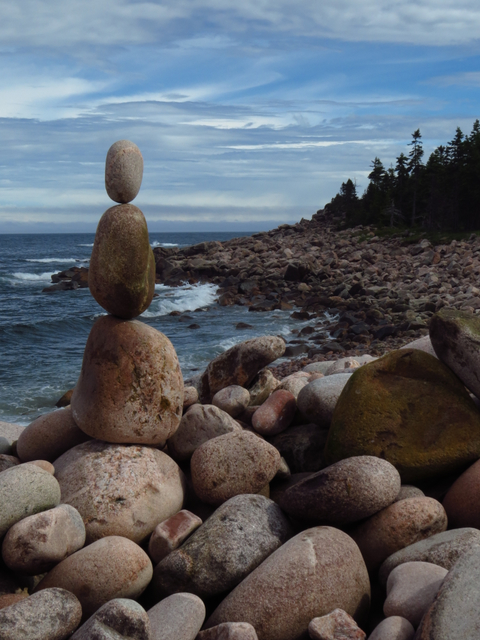
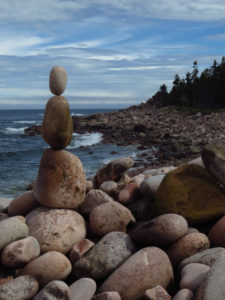




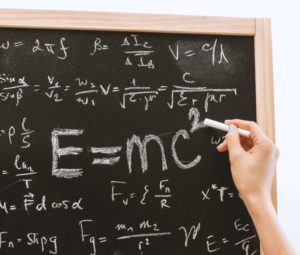 What I know: I love and feel deep resonance with the Presence-Based work. It fits my passions and skills well and I have developed adeptness in it and embodiment of it. I admire its power to impact those who offer/practice this methodology as coaches or experience it as clients. I relish the joy I feel as someone I am working with has an insight that shifts them towards what most matters to them. I align with my purpose through this material. I enjoy being of service using presence to support others to become their biggest and best selves.
What I know: I love and feel deep resonance with the Presence-Based work. It fits my passions and skills well and I have developed adeptness in it and embodiment of it. I admire its power to impact those who offer/practice this methodology as coaches or experience it as clients. I relish the joy I feel as someone I am working with has an insight that shifts them towards what most matters to them. I align with my purpose through this material. I enjoy being of service using presence to support others to become their biggest and best selves.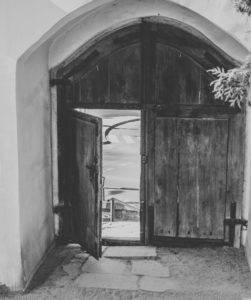 What I don’t know: The demand for coaches, and organizations who train them. How the Presence-Based Leadership material will be received by leaders (and their coaches). How this Presence-Based work will evolve and what it may ultimately look like/turn into over the years with various iterations and contributors. What disruptors, innovations and market demands (e.g. technology) may affect the way training is even done or preferred in the future.
What I don’t know: The demand for coaches, and organizations who train them. How the Presence-Based Leadership material will be received by leaders (and their coaches). How this Presence-Based work will evolve and what it may ultimately look like/turn into over the years with various iterations and contributors. What disruptors, innovations and market demands (e.g. technology) may affect the way training is even done or preferred in the future. What I can’t know (the unknowable): My health (or the health those whom I love). The world’s political, economic, environmental, technological and business contexts. What new local or global trends may emerge that will affect coaching, coach training and leadership development work. Will this Presence-Based Coaching and Leadership work, which seem so vital and needed today, still be relevant down the road?
What I can’t know (the unknowable): My health (or the health those whom I love). The world’s political, economic, environmental, technological and business contexts. What new local or global trends may emerge that will affect coaching, coach training and leadership development work. Will this Presence-Based Coaching and Leadership work, which seem so vital and needed today, still be relevant down the road? Using the Known, Unknown, and Unknowable to Navigate Complexity
Using the Known, Unknown, and Unknowable to Navigate Complexity 
 I had the pleasure, honor and intensity of being with my daughter and son-in-law last week with their newborn baby. It was a time of extreme emotions for me – deep joy and relief that this miraculous little being made the transition into this world safely. Feeling the baby’s wide-open heart and sensing her preciousness and innocence. Frustrated by my own habits of pushing myself and working hard in the midst of meeting the baby’s objective needs while attending to my daughter’s condition of physical pain from the delivery, overwhelm, and post-partum hormones. Talk about adapting to a new set of conditions!
I had the pleasure, honor and intensity of being with my daughter and son-in-law last week with their newborn baby. It was a time of extreme emotions for me – deep joy and relief that this miraculous little being made the transition into this world safely. Feeling the baby’s wide-open heart and sensing her preciousness and innocence. Frustrated by my own habits of pushing myself and working hard in the midst of meeting the baby’s objective needs while attending to my daughter’s condition of physical pain from the delivery, overwhelm, and post-partum hormones. Talk about adapting to a new set of conditions! This new context presented challenges that were beyond anything that preparation alone could provide. I could see influences from the three distinctions from Presence-Based Leadership’s Nine Panes Model of Context, Identity and Soma at play on many levels during my week-long visit. These distinctions are a useful way to tease apart any Complex situation into a simpler view of three levels of nested systems. These systems are always interacting and influencing each other yet can be seen as distinct systems. Context is the level of system that is most familiar; the view of the external situation. Identity is who we take ourselves to be and is the interface between these other two (external and internal) systems. Soma is our internal psychobiology and felt-sense that is organized around our very survival, including protecting and defending our Identity.
This new context presented challenges that were beyond anything that preparation alone could provide. I could see influences from the three distinctions from Presence-Based Leadership’s Nine Panes Model of Context, Identity and Soma at play on many levels during my week-long visit. These distinctions are a useful way to tease apart any Complex situation into a simpler view of three levels of nested systems. These systems are always interacting and influencing each other yet can be seen as distinct systems. Context is the level of system that is most familiar; the view of the external situation. Identity is who we take ourselves to be and is the interface between these other two (external and internal) systems. Soma is our internal psychobiology and felt-sense that is organized around our very survival, including protecting and defending our Identity. Not to mention my own new Identity and status as a first-time grandmother – what do I want to be called? How often can I realistically travel back to another state, two plane rides away, to see this baby again given my already busy travel and teaching schedule (not soon enough!)? How can I be a true support to my daughter who feels deeply stressed and to her husband who will be her main support in this new adventure of parenting?
Not to mention my own new Identity and status as a first-time grandmother – what do I want to be called? How often can I realistically travel back to another state, two plane rides away, to see this baby again given my already busy travel and teaching schedule (not soon enough!)? How can I be a true support to my daughter who feels deeply stressed and to her husband who will be her main support in this new adventure of parenting?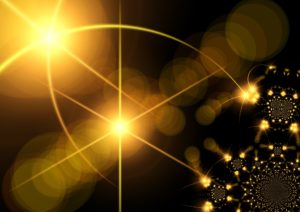 Remembering and applying some of the complexity adapted practices from Presence-Based Leadership also offered me some welcome perspectives while I was in the fray of this very busy and demanding time with this new family. The principles of Connection, Fluidity and Stability shed additional light onto this rapidly changing terrain. These principles offer useful perspectives, mindsets and behaviors which support our ability to navigate complexity skillfully.
Remembering and applying some of the complexity adapted practices from Presence-Based Leadership also offered me some welcome perspectives while I was in the fray of this very busy and demanding time with this new family. The principles of Connection, Fluidity and Stability shed additional light onto this rapidly changing terrain. These principles offer useful perspectives, mindsets and behaviors which support our ability to navigate complexity skillfully.
 Lately, the idea of including has come into my perception in several arenas. So much so, that it is now something of a theme. I’ve become aware of a burning question: what parts of me am I not including in my sense of myself?
Describing this process with kind language, I begin to notice how easy it is to dismiss or brush away aspects of my identity that I don’t particularly favor or like to perceive. Using more truthful language, there are parts of me that I hate, am afraid of, or am ashamed of, and parts that I downright reject. We might call these shadow aspects, or disowned parts (see
Lately, the idea of including has come into my perception in several arenas. So much so, that it is now something of a theme. I’ve become aware of a burning question: what parts of me am I not including in my sense of myself?
Describing this process with kind language, I begin to notice how easy it is to dismiss or brush away aspects of my identity that I don’t particularly favor or like to perceive. Using more truthful language, there are parts of me that I hate, am afraid of, or am ashamed of, and parts that I downright reject. We might call these shadow aspects, or disowned parts (see  I could go in a big picture direction at this juncture, and talk about the environment, or politics, or economic disparities, but I’ll stick with the micro scale of us as humans. I offer my experience as a reflection of the bigger principle of including all parts of a system, and as a way to spark your own thinking on this topic for your clients and yourself.
The Cost of Missing Pieces for You and Those You Coach
What’s the cost of this habit of dissecting myself into parts, some of which are “acceptable” and some of which remain locked up and hidden (sometimes even from myself)? I see that there is a big price to pay in aliveness, energy flow, creativity and expression. It’s like the hose of life force gets kinked within me, and not only do the buried parts stay stuck, life energy gets stuck, too. And I find myself enacting patterns like over functioning around work, reducing play and fun, and generally getting cranky towards my loved ones.
I could go in a big picture direction at this juncture, and talk about the environment, or politics, or economic disparities, but I’ll stick with the micro scale of us as humans. I offer my experience as a reflection of the bigger principle of including all parts of a system, and as a way to spark your own thinking on this topic for your clients and yourself.
The Cost of Missing Pieces for You and Those You Coach
What’s the cost of this habit of dissecting myself into parts, some of which are “acceptable” and some of which remain locked up and hidden (sometimes even from myself)? I see that there is a big price to pay in aliveness, energy flow, creativity and expression. It’s like the hose of life force gets kinked within me, and not only do the buried parts stay stuck, life energy gets stuck, too. And I find myself enacting patterns like over functioning around work, reducing play and fun, and generally getting cranky towards my loved ones.
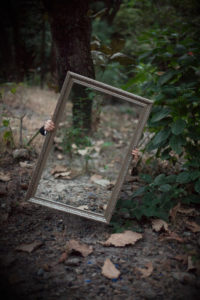 Another way the cost of this habit can show up is in coaching: when my client brings something to the conversation that feels uncomfortable…is it her? Is it me? Something the client is struggling with might remind me (even unconsciously) of a dis-owned part of myself. I notice I can feel suddenly defensive or shut down or start pointing to the client as the problem. When it actually might be my own undigested experience that is surfacing that I’m concurrently pushing away.
And here’s another whole category of those “parts that shall not be named” (a la Harry Potter), that I’ve also discovered: the aspects of me that are generous, steady, courageous, present, able to handle a lot of ambiguity and grief, and continue forward for the sake of something bigger. I notice I push those parts out of my awareness just as easily, until a friend or colleague or client reminds me that I am offering these gifts to them in the moment. And I remember, oh yes, these are me, too.
Two Practices to Help Reconnect Different Parts of Ourselves
I’ve been in some recent practices that have been helpful in remembering to reconnect these disparate parts of myself. To include all of me (or as much as I can be aware of in the moment). Here are two you might give a try.
Another way the cost of this habit can show up is in coaching: when my client brings something to the conversation that feels uncomfortable…is it her? Is it me? Something the client is struggling with might remind me (even unconsciously) of a dis-owned part of myself. I notice I can feel suddenly defensive or shut down or start pointing to the client as the problem. When it actually might be my own undigested experience that is surfacing that I’m concurrently pushing away.
And here’s another whole category of those “parts that shall not be named” (a la Harry Potter), that I’ve also discovered: the aspects of me that are generous, steady, courageous, present, able to handle a lot of ambiguity and grief, and continue forward for the sake of something bigger. I notice I push those parts out of my awareness just as easily, until a friend or colleague or client reminds me that I am offering these gifts to them in the moment. And I remember, oh yes, these are me, too.
Two Practices to Help Reconnect Different Parts of Ourselves
I’ve been in some recent practices that have been helpful in remembering to reconnect these disparate parts of myself. To include all of me (or as much as I can be aware of in the moment). Here are two you might give a try.
 Here’s a perspective shift: let’s practice welcoming these hidden aspects of us we can now perceive and be in contact with. Even the sticky or scary ones, and especially the beautiful and talented ones. We might regard their emergence as information—as data—and wonder what we can now do with the energy and aliveness that becomes liberated—energy that they’ve been carrying all along.
I invite you to take some time to reflect on what parts of you might be out of your awareness that are longing to find a home in you. What gifts are actually waiting to be claimed to take their rightful place at your table? For the sake of celebrating all of you, all of us, in our wholeness.
Five questions to get you started:
Here’s a perspective shift: let’s practice welcoming these hidden aspects of us we can now perceive and be in contact with. Even the sticky or scary ones, and especially the beautiful and talented ones. We might regard their emergence as information—as data—and wonder what we can now do with the energy and aliveness that becomes liberated—energy that they’ve been carrying all along.
I invite you to take some time to reflect on what parts of you might be out of your awareness that are longing to find a home in you. What gifts are actually waiting to be claimed to take their rightful place at your table? For the sake of celebrating all of you, all of us, in our wholeness.
Five questions to get you started:





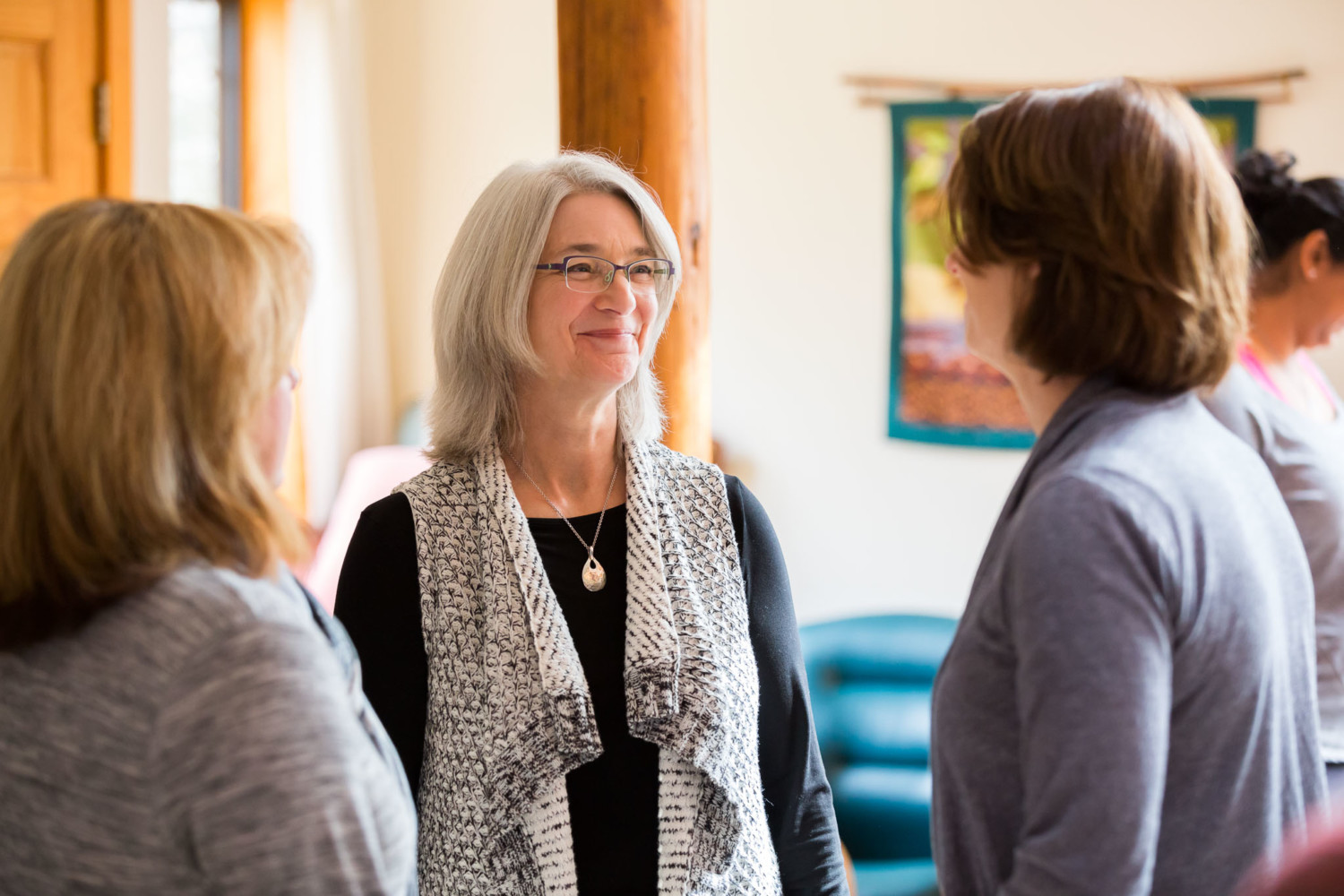
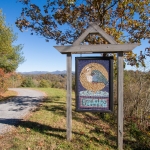
 Doug Silsbee’s Celebration of Life happened on Sunday, August 12 at 4:00 PM ET. There were over 120 people in attendance, sitting or standing outside the Pavilion at Bend of Ivy Lodge. People gathered who knew or love Doug or whose lives and growth were touched by Doug’s writing or teaching about the Presence-Based Coaching or Leadership work. This included former clients, many PBC students, work colleagues from recent or early days, fellow travel adventurers, collaborators and co-teachers, as well as folks from the Asheville community, and of course, his family.
Doug Silsbee’s Celebration of Life happened on Sunday, August 12 at 4:00 PM ET. There were over 120 people in attendance, sitting or standing outside the Pavilion at Bend of Ivy Lodge. People gathered who knew or love Doug or whose lives and growth were touched by Doug’s writing or teaching about the Presence-Based Coaching or Leadership work. This included former clients, many PBC students, work colleagues from recent or early days, fellow travel adventurers, collaborators and co-teachers, as well as folks from the Asheville community, and of course, his family. The weather was lovely (if a bit humid) and many shared poignant stories or experiences with Doug. I was asked to speak on Doug’s work in the world. Below are my thoughts about Doug, and I offer them here in the hopes that it might resonate with your experience of Doug, help you to feel a part of that event, or spur you to take some time to reflect on your own version of Doug’s impact on you.
The weather was lovely (if a bit humid) and many shared poignant stories or experiences with Doug. I was asked to speak on Doug’s work in the world. Below are my thoughts about Doug, and I offer them here in the hopes that it might resonate with your experience of Doug, help you to feel a part of that event, or spur you to take some time to reflect on your own version of Doug’s impact on you. Doug had many, many interests, passions and lucky for us, these interests seeped their way into the Presence-Based Coaching and Leadership (PBC and PBL) work that Doug founded. From his love of icebergs, to interpersonal neurobiology, to the cosmos, to his invented word: Experiential Neuroplasticity.
Doug had many, many interests, passions and lucky for us, these interests seeped their way into the Presence-Based Coaching and Leadership (PBC and PBL) work that Doug founded. From his love of icebergs, to interpersonal neurobiology, to the cosmos, to his invented word: Experiential Neuroplasticity.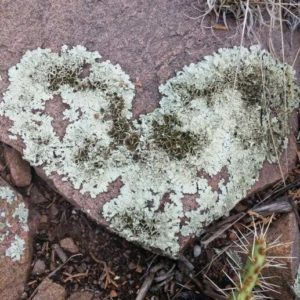 We know that Doug had a HUGE heart, and was regularly brought to tears when his heart was touched by someone or something that he cared about.
We know that Doug had a HUGE heart, and was regularly brought to tears when his heart was touched by someone or something that he cared about.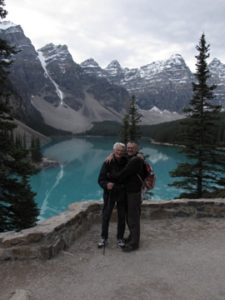 Doug was an avid outdoors-man and traveler, wilderness adventurer and lover of nature. He was one of the most generative and generous people I know, and he could build or fix almost anything (personally, I relied on him for his master excel spreadsheet skills!).
Doug was an avid outdoors-man and traveler, wilderness adventurer and lover of nature. He was one of the most generative and generous people I know, and he could build or fix almost anything (personally, I relied on him for his master excel spreadsheet skills!).
 I find myself in a new situation, a new context that is creating some new demands on my habits. As many of you know, Doug Silsbee, Founder of Presence-Based Coaching, received a stage 4 lung cancer diagnosis seven months ago. Thankfully, he is still with us, and I have recently stepped in as the sole Principal of Presence-Based Coaching. I find myself as the leader of a body of work and business that I helped shape for many years. And I find myself without a partner in this enterprise. My particular habit shape leans toward collaboration, partnership. Creative combinations of two or more that are often a catalyst for the immediacy and fun of emergence and discovery.
I find myself in a new situation, a new context that is creating some new demands on my habits. As many of you know, Doug Silsbee, Founder of Presence-Based Coaching, received a stage 4 lung cancer diagnosis seven months ago. Thankfully, he is still with us, and I have recently stepped in as the sole Principal of Presence-Based Coaching. I find myself as the leader of a body of work and business that I helped shape for many years. And I find myself without a partner in this enterprise. My particular habit shape leans toward collaboration, partnership. Creative combinations of two or more that are often a catalyst for the immediacy and fun of emergence and discovery.
 And I know without any doubt that this body of work is important to me. That’s why I made this leadership move in the first place! It fits and fills my aspirations for my work in the world and brings me joy and fulfillment to witness other’s growth and development. I relish being present for those moments when clients or students make life-altering breakthroughs or have insights or understandings that change everything. Or even observing with delight the little awakenings that create some sense of freedom from an old habit that no longer fits (the irony is not lost on me here!).
And I know without any doubt that this body of work is important to me. That’s why I made this leadership move in the first place! It fits and fills my aspirations for my work in the world and brings me joy and fulfillment to witness other’s growth and development. I relish being present for those moments when clients or students make life-altering breakthroughs or have insights or understandings that change everything. Or even observing with delight the little awakenings that create some sense of freedom from an old habit that no longer fits (the irony is not lost on me here!).

